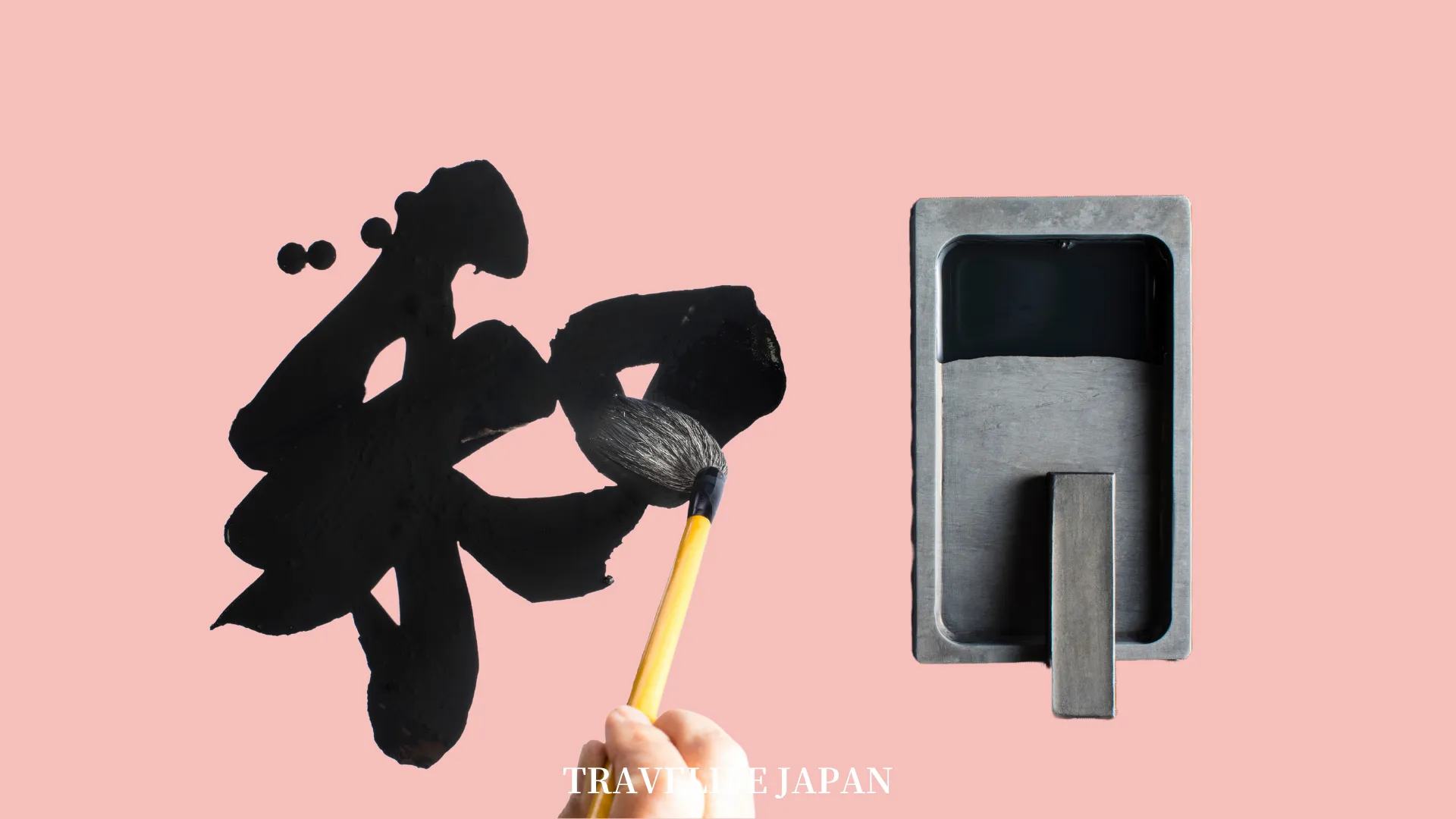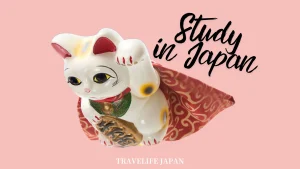Wondering what makes Shodo, the Japanese art of calligraphy, so special? It’s a traditional practice where artists use ink and brush to create beautiful characters, blending history with creativity. Perfect for those seeking a meaningful, hands-on artistic experience in our fast-paced digital age.
Origin of Shodo

Shodo, or Japanese calligraphy, traces its roots back to China about 2000 years ago, making its way to Japan and evolving into a deeply respected cultural art form. Initially brought alongside Buddhism in the 5th century, Chinese characters (kanji) were adopted for written communication and religious texts, as Japan did not have its own writing system at the time. By the mid-7th century, the man’yogana system emerged, utilizing Chinese characters to represent Japanese sounds, marking the beginning of Japan’s unique calligraphic tradition.
The evolution of man’yogana (万葉仮名) led to the creation of Japan’s other scripts: hiragana and katakana. Hiragana, with its flowing, cursive style, was developed by women of the imperial court. In contrast, katakana was created by Buddhist monks for abbreviating complex Chinese characters in religious texts. The Heian period (794-1185) saw the zenith of Chinese-style calligraphy in Japan. During this era, figures such as the monk Kukai, Emperor Saga, and Tachibana no Hayanari, known as the Sanpitsu or “three brushes,” were celebrated for their calligraphic excellence.
The 10th century introduced another significant development with Ono no Michikaze (小野道風), Fujiwara no Yukinari (藤原行成), and Fujiwara no Sukemasa (藤原佐理) laying the foundations of kana calligraphy. Termed the Sanseki (三跡), or “three traces,” their contributions helped establish the wayo style, which is distinct from Chinese calligraphy, paving the way for shodo’s evolution into its current form.
Tools for Shodo

The practice of shodo requires specific tools, each contributing to the art’s distinctive look and feel. The fude (brush) is central to shodo, with a handle typically made of wood and bristles of horse, sheep, goat, racoon, or weasel hair, offering different brush strokes and textures. Sumi (ink) is another essential component, a black ink made from charcoal soot and glue, traditionally solid and ground against a suzuri (inkstone) with water to create the ink.
Paper plays a crucial role, with hanshi (thin, absorbent washi paper) preferred for its ability to capture the ink’s flow and the brush’s movement beautifully. A shitajiki (underlay) is used beneath the paper to ensure even pressure and protect the underlying surface. To keep the paper flat during the writing process, bunchin (paperweights) are used, ensuring stability and precision in each stroke.
Shodo Etiquette

The practice of Shodo, Japanese calligraphy, is steeped in tradition and discipline, embodying a deep respect for the art form that goes beyond mere writing. This respect is manifested in various etiquettes and practices that practitioners adhere to, from preparing their tools to the actual process of writing. Here’s a more detailed look at the etiquette surrounding Shodo:
Preparation of Tools and Space
- Respect for Tools
Each tool in Shodo, from the brush to the inkstone, is treated with reverence. Before beginning, calligraphers often set their tools out neatly, ensuring they are clean and ready for use. This act is not just practical but symbolic, preparing the artist both physically and mentally for the task ahead. - Ink Grinding
Grinding your own ink from a solid ink stick is a meditative process that helps the artist to focus and connect with the task at hand. The slow grinding on the inkstone, adding water gradually, is seen as a time to calm the mind and contemplate the work ahead. - Clean Workspace
The area where one practices Shodo is kept clean and orderly. A cluttered space is thought to lead to a cluttered mind, which is not conducive to the focused energy required for calligraphy.
Posture and Handling
- Correct Posture
Practitioners sit up straight, often on their knees in the traditional Japanese style, though sitting on a chair is also common. Proper posture is believed to facilitate the flow of energy (ki) through the body and into the writing. - Brush Handling
The brush is held vertically with a relaxed yet firm grip, allowing for precise control over stroke thickness and direction. The movement comes from the arm and shoulder, not just the wrist, enabling fluid, sweeping strokes characteristic of Shodo.
Writing Process
- Mindful Breathing
Breathing techniques are sometimes employed to steady the hand and calm the mind. A deep breath is taken before a stroke, and the stroke is executed on the exhale, promoting a harmonious, uninterrupted flow. - Concentration
Absolute focus is required, with each stroke made deliberately and with intention. There is no erasing in Shodo; each mark is permanent, making mindfulness and concentration essential. - Respect for the Characters
Each character is treated as a living entity, with its own space on the paper. Crowding characters or rushing through the writing is discouraged, as it shows disrespect for the art form.
Learning and Respect
- Copying Masters
Students often begin by copying the works of master calligraphers, a practice known as “rinsyo.” This is not merely an exercise in imitation but a way to internalize the balance, rhythm, and spirit of traditional Shodo. - Continuous Learning
Mastery of Shodo is seen as a lifelong journey. Respect for one’s teachers and the history of the art form is paramount, and there is an understanding that there is always more to learn.
Completion and Reflection
- Finishing
Once a piece is completed, the artist reflects on their work, acknowledging both its strengths and the areas for improvement. This reflection is an important part of the learning process. - Cleaning Up
Tools are carefully cleaned and stored after use, maintaining their condition and showing gratitude for their role in the art-making process.
Conclusion
Shodo is a captivating blend of art, tradition, and discipline, offering a tangible link to Japan’s cultural heritage. Through its history, tools, and practices, shodo provides a meditative escape from the digital age, allowing practitioners to express themselves in a uniquely personal and profound way. As a living art, it continues to evolve while retaining its timeless appeal, inviting us to appreciate the beauty and depth of each stroke.
\ Follow Our Community /
STUDY IN JAPAN
INQUIRE NOW
Want to learn Japanese in Japan?
Ask us any questions with free application support.
Fast and Easy!








